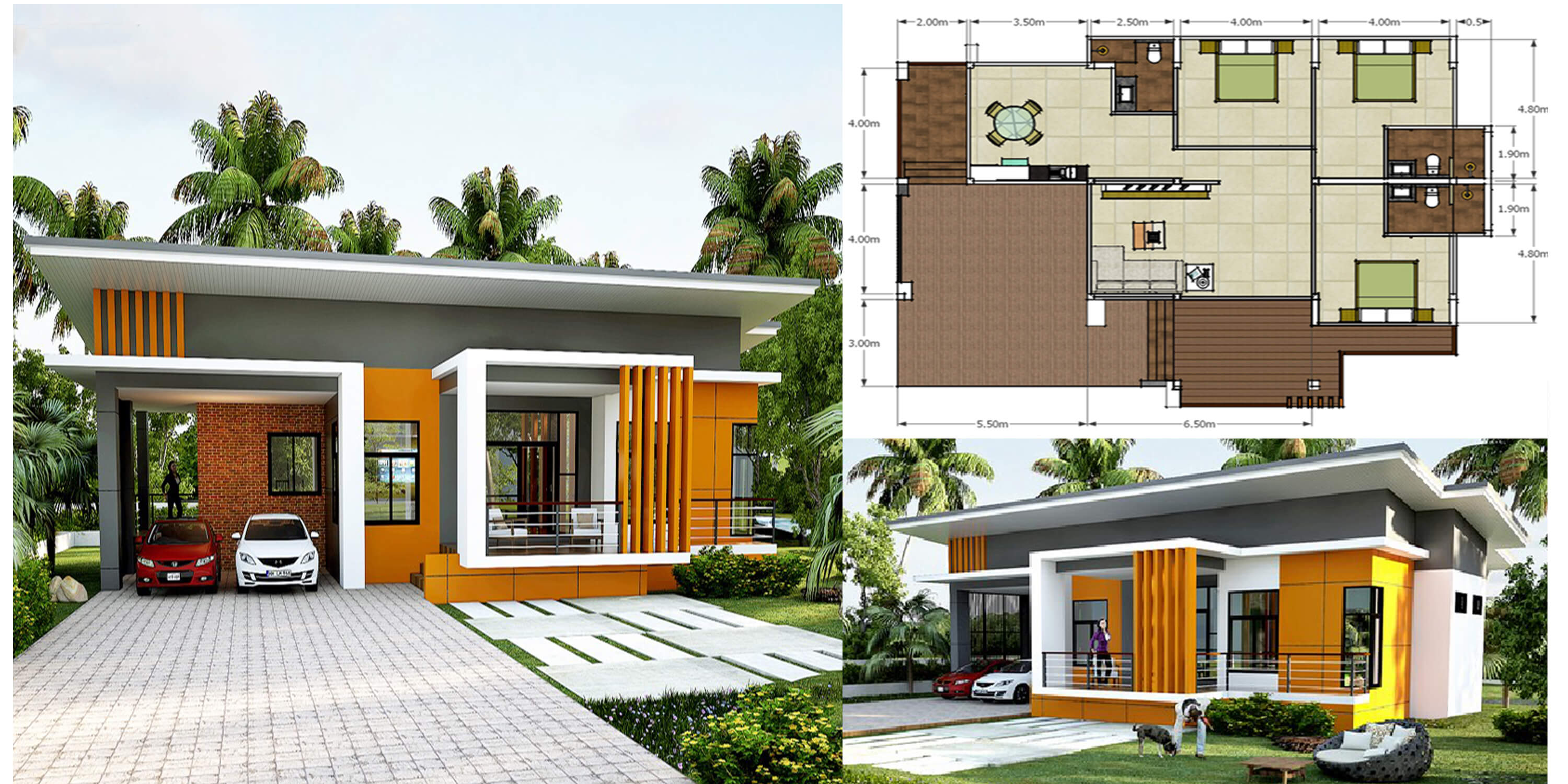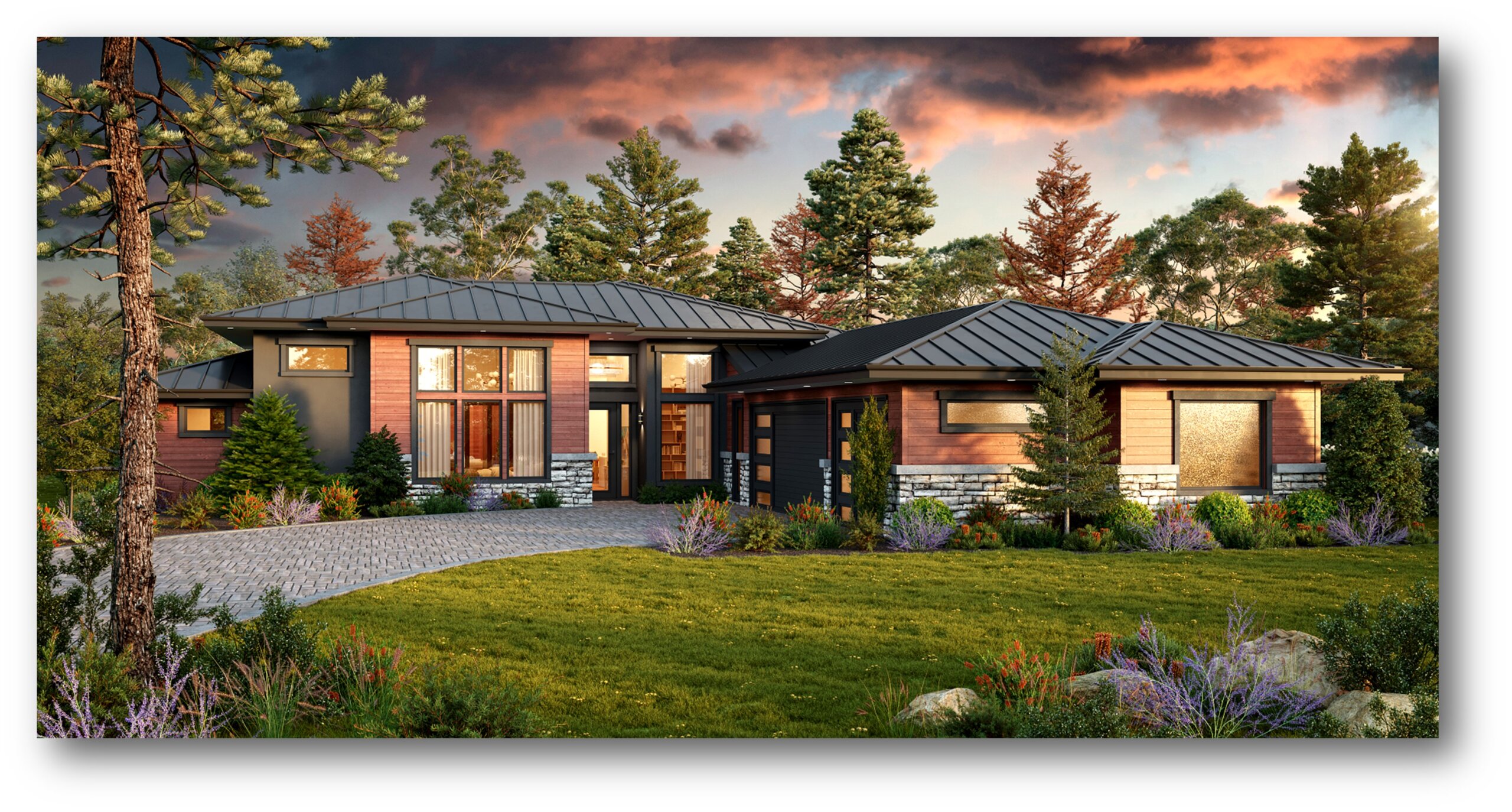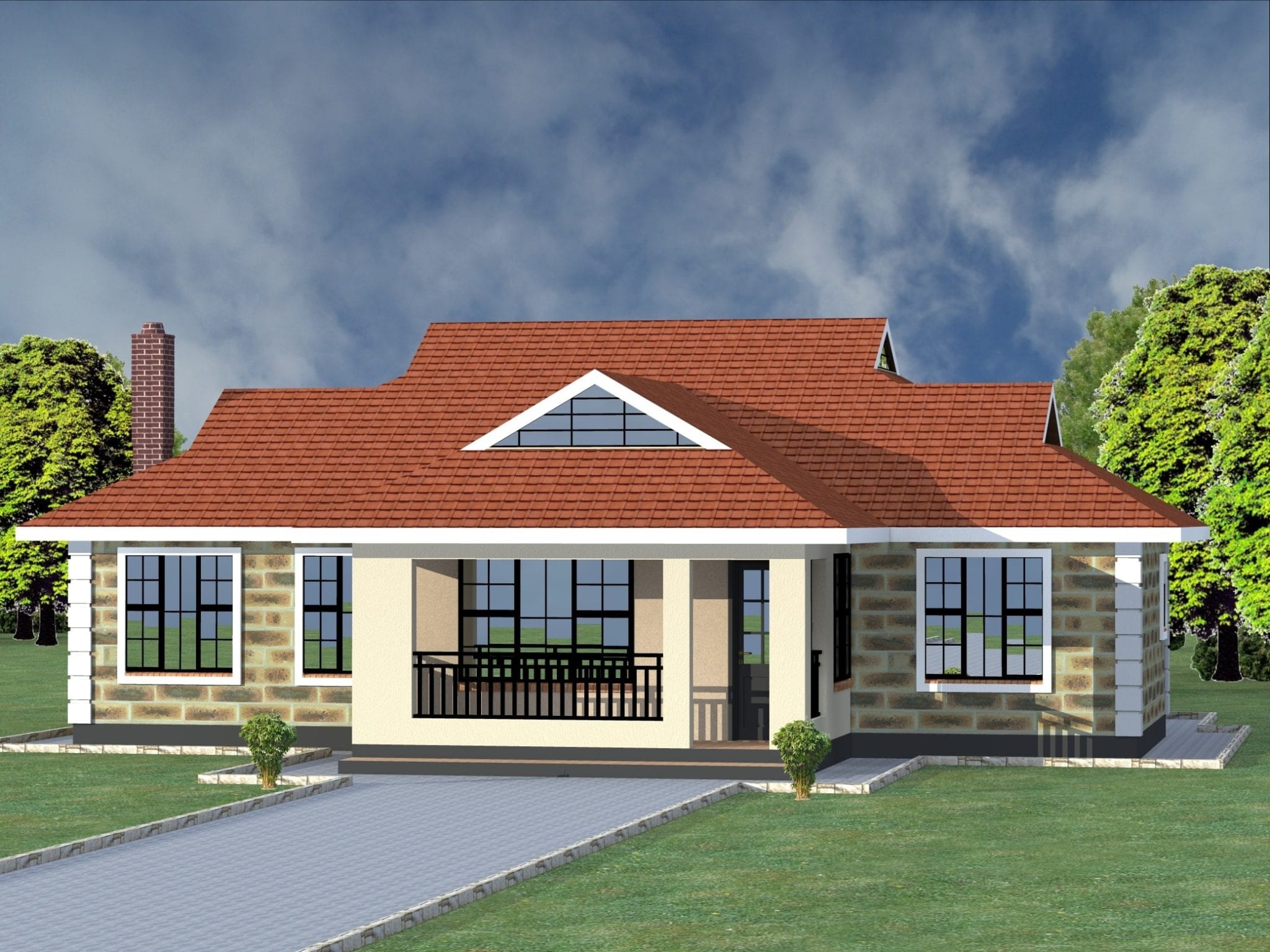The Appeal of One-Story Homes with Four Bedrooms

One-story homes with four bedrooms offer a unique blend of practicality and spaciousness, making them an attractive option for families of all sizes and stages of life. This layout eliminates the need for stairs, promoting accessibility and ease of movement, while providing ample space for family gatherings, guest accommodations, and future flexibility.
Family Living and Accessibility, One story home plans with 4 bedrooms
A one-story floor plan fosters a sense of togetherness and encourages family interaction. With all living areas on the same level, parents can easily keep an eye on children while they play, and family members can readily gather for meals, movie nights, or simply casual conversation. This layout also eliminates the need for stairs, making it ideal for families with young children, seniors, or individuals with mobility challenges.
Multi-Generational Living and Guest Accommodations
The spaciousness of a one-story home with four bedrooms makes it a perfect choice for multi-generational living. Grandparents can have their own private space while still being close to the rest of the family. Additionally, the extra bedrooms provide ample room for guests, ensuring everyone has their own comfortable space during visits.
“Our one-story home with four bedrooms has been a lifesaver for our family. We have three kids, and it’s so much easier to keep an eye on them when they’re playing in the living room or the backyard. We also have a guest room that we use for our grandparents when they visit, and they love having their own space.” – Sarah, homeowner in [city/town name]
Future Flexibility and Potential for Modifications
A one-story home with four bedrooms offers excellent flexibility for future needs. As families grow and change, the extra bedrooms can be easily adapted to accommodate new family members, home offices, or hobbies. The single-level layout also makes future modifications, such as adding a sunroom or expanding the kitchen, relatively straightforward.
“We bought our one-story home with four bedrooms knowing that we might want to add a sunroom in the future. The single-level layout makes it easy to add on without having to worry about stairs or structural changes.” – John, homeowner in [city/town name]
Designing for Functionality and Style: One Story Home Plans With 4 Bedrooms

One-story homes with four bedrooms offer a unique blend of practicality and style. With careful planning, these homes can cater to a variety of family dynamics and lifestyles, maximizing space and functionality while creating a beautiful and welcoming environment.
Floor Plans for Optimal Space Utilization
A well-designed floor plan is essential for maximizing space and functionality in a one-story, four-bedroom home. The key is to create a layout that balances privacy with open living spaces. For example, consider a floor plan with a central living area that connects to the kitchen and dining room, fostering a sense of togetherness. Bedrooms can be grouped on one side of the home, providing privacy and quiet zones.
- Open Concept Living: An open-concept living area, where the kitchen, dining, and living room flow seamlessly into each other, maximizes space and creates a feeling of spaciousness. This layout is perfect for families who enjoy entertaining and spending time together.
- Dedicated Spaces: Even in a one-story home, consider designating specific areas for different activities. For example, a dedicated home office space can provide a quiet and productive environment, while a playroom can give kids a designated space to let loose.
- Smart Storage Solutions: Incorporate built-in storage solutions like cabinets, shelves, and closets to maximize space and minimize clutter. This is particularly important in smaller homes where every square foot counts.
Kitchen and Living Room Layouts
The kitchen and living room are the heart of a home, and their layout should reflect the needs and preferences of the family.
- Kitchen Island as a Gathering Spot: A kitchen island can serve as a central gathering spot for families, providing additional counter space, seating, and storage. This layout is perfect for families who love to cook and entertain.
- Flexible Living Room Arrangements: Consider using modular furniture in the living room to create flexible seating arrangements that can easily adapt to different needs. This is particularly useful for families with children who may need a designated play area.
- Dedicated Dining Area: A dedicated dining area, whether formal or informal, is a great way to create a space for family meals and gatherings. This can be a separate room or a designated area within the open concept living space.
Architectural Styles for One-Story Homes
One-story homes can be designed in a variety of architectural styles, each with its own unique charm and appeal.
- Traditional: Traditional styles often feature symmetrical facades, gabled roofs, and classic details like columns and porches. These homes exude a sense of timelessness and elegance.
- Modern: Modern homes emphasize clean lines, open floor plans, and large windows that bring in natural light. They often feature flat roofs, minimalist details, and a focus on functionality.
- Mediterranean: Mediterranean styles are characterized by stucco walls, terracotta roofs, and arched doorways. These homes often feature courtyards, patios, and lush landscaping, creating a sense of warmth and hospitality.
- Ranch: Ranch-style homes are known for their low-pitched roofs, single-story design, and open floor plans. They often feature large windows and sliding doors, blurring the lines between indoor and outdoor living.
Practical Considerations for One-Story Living

One-story homes offer a unique blend of convenience and accessibility, but before diving into the design process, it’s crucial to understand the practical implications of this architectural choice. From land requirements to construction costs and energy efficiency, there are several factors to consider.
One story home plans with 4 bedrooms – The beauty of a one-story home lies in its simplicity and practicality. But it’s important to be aware of the trade-offs that come with this design choice. We’ll explore the key considerations that can help you make an informed decision about whether a one-story home is right for you.
Land Requirements
The footprint of a one-story home is generally larger than a multi-story home with the same square footage. This is because all the living spaces are spread out on a single level. As a result, one-story homes may require more land, especially if you’re looking for a spacious design with multiple bedrooms.
It’s essential to carefully consider the size of your lot and its topography when planning a one-story home. If you have a smaller lot, you may need to compromise on the size of your home or explore creative design solutions to maximize space.
Construction Costs
Construction costs for a one-story home can be influenced by various factors, including the size of the home, the materials used, and the complexity of the design. While some believe that one-story homes are less expensive to build than multi-story homes, this isn’t always the case.
The cost of building a one-story home can vary depending on the region, local building codes, and the availability of skilled labor. It’s always a good idea to get quotes from multiple contractors to compare prices and ensure you’re getting a fair deal.
Energy Efficiency
One-story homes often have a lower heating and cooling load compared to multi-story homes. This is because there’s less surface area exposed to the elements, reducing heat loss in the winter and heat gain in the summer.
However, energy efficiency also depends on factors like insulation, window glazing, and the home’s orientation. By incorporating energy-efficient features, you can further enhance the energy performance of your one-story home and reduce your energy bills.
Site Topography
The topography of your site can play a significant role in the feasibility of building a one-story home. If your lot has a steep slope, it may require extensive excavation and grading to create a level building pad.
This can add to the cost of construction and potentially impact the final design of your home. It’s crucial to consult with a qualified architect or engineer to assess the site’s topography and determine the best approach for building a one-story home.
Landscaping and Outdoor Living Spaces
Landscaping and outdoor living spaces can enhance the appeal and functionality of a one-story home. With all the living spaces on one level, it’s easier to create seamless transitions between the interior and exterior.
Consider incorporating features like patios, decks, gardens, and fire pits to create inviting outdoor spaces for relaxation, entertaining, and enjoying the natural surroundings. The landscaping can also help to frame the home and create a sense of privacy and tranquility.
